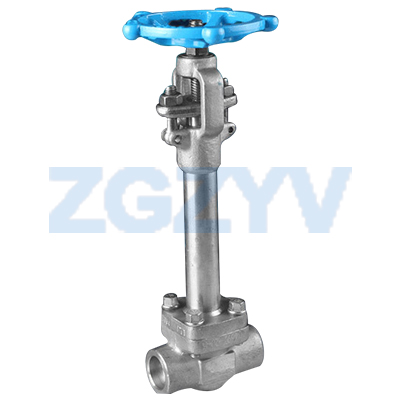How to control the strength of the sealing surface grinding of forged steel gate valves?
When grinding the sealing surface of forged steel gate valves, the control force directly affects the quality and efficiency of repair, and requires precise operation in stages.
The pressure is controlled in stages as follows:
1. Rough grinding stage
Use 80#-280# coarse sandpaper or grinding paste, apply 0.2-0.4MPa pressure (such as evenly pressing down about 5-10kg with the palm), and quickly eliminate scratches and oxide layers with greater force. Use a spiral or “8-shaped” grinding track, clean the debris after every 30 seconds of grinding, and avoid excessive local pressure caused by abrasive accumulation.
2. Medium grinding stage
Switch to 280#-W5 fine sandpaper, and reduce the pressure to 0.1-0.2MPa (about 3-5kg force) to reduce the cutting depth and focus on improving the surface flatness. When grinding manually, lift the grinding tool lightly after every 2-3 rotations, and use inertia to reduce the risk of edge collapse caused by continuous pressure. 57
3. Fine grinding stage
Use ultra-fine grinding paste above W5, only 0.01-0.05MPa micro-pressure (just touch with fingers), with kerosene lubrication, and repeated polishing to achieve mirror effect. In the later stage of fine grinding, you can use the “point pressure method”: only apply pressure on the edge of the grinding tool to prevent excessive wear in the center area.
Note that continuous pressure at a single point is prohibited to avoid the formation of a dish-shaped depression on the sealing surface. The grinding paste should be applied evenly. If local dry grinding is performed, it should be reapplied immediately to avoid scratches caused by a sudden increase in friction.
